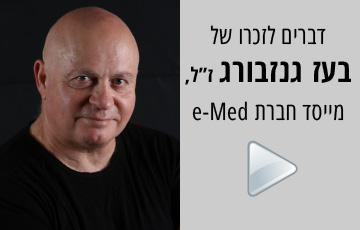NEW YORK (Reuters Health) – In postmenopausal women at average risk for breast cancer and coronary heart disease, hormone replacement therapy (HRT) is a more cost-effective means of extending life expectancy than raloxifene, according to a recent report. For women with one or more major breast cancer risk factors, the opposite is true.
Dr. Katrina Armstrong and colleagues, from the University of Pennsylvania in Philadelphia, used a time-dependent Markov model to estimate the cost-effectiveness of either treatment strategy in healthy 50-year-old postmenopausal women.
Compared with no therapy, both HRT and raloxifene were cost-effective methods of increasing life expectancy, the investigators note in the December issue of Obstetrics and Gynecology.
For women with average breast cancer and coronary heart disease risks, lifetime HRT provided a greater increase in quality-adjusted life years than lifetime raloxifene therapy and was also much less expensive, the authors point out.
Raloxifene was the cost-effective choice for women with a lifetime risk of breast cancer of 15% or higher and for women who receive 10 years of less of postmenopausal therapy. In addition, if HRT was assumed to reduce the coronary heart disease risk by less than 20%, raloxifene was the more cost-effective therapy.
"Until the results of large scale randomized trials of HRT as primary prevention become available, women and physicians continue to face difficult decisions about postmenopausal therapy," the researchers state. The current findings suggest that raloxifene is the cost-effective choice for women with an elevated breast cancer risk, while women with average risk benefit most from HRT.
Obstet Gynecol 2001;98:996-1003.



















השאירו תגובה
רוצה להצטרף לדיון?תרגישו חופשי לתרום!